Project Title: Does Heavy Metal Contamination Affect Agave Fluid Products?
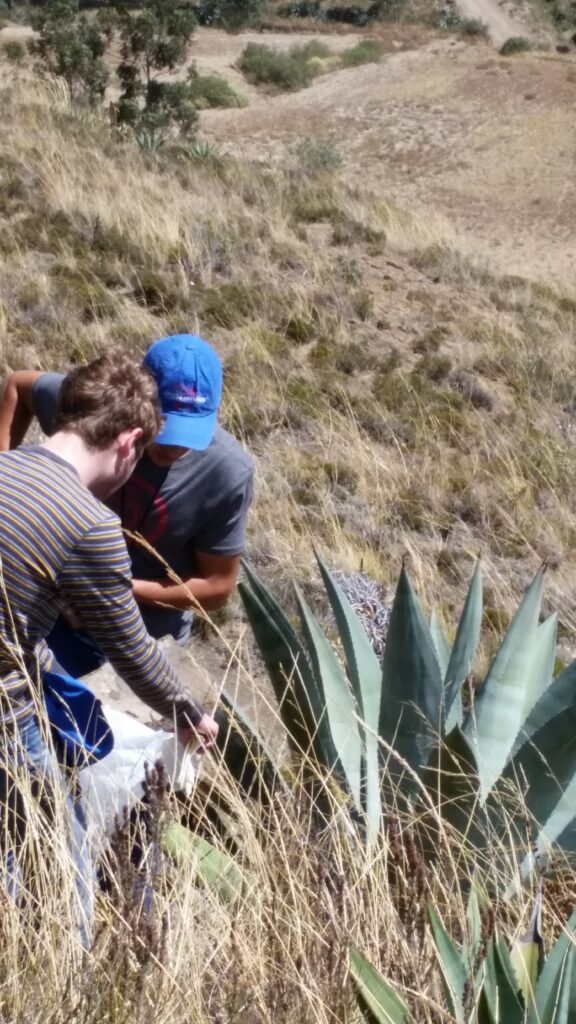

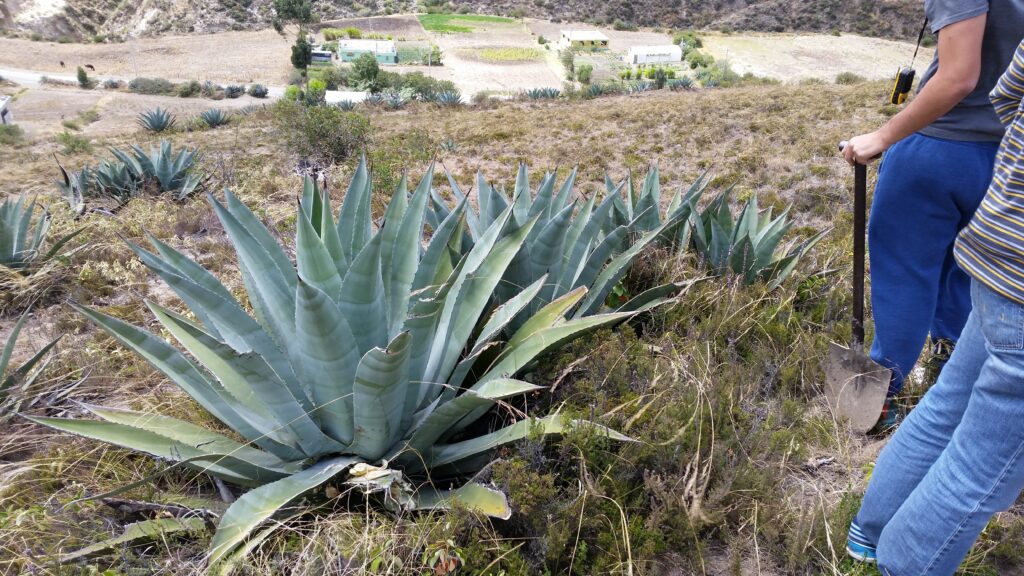
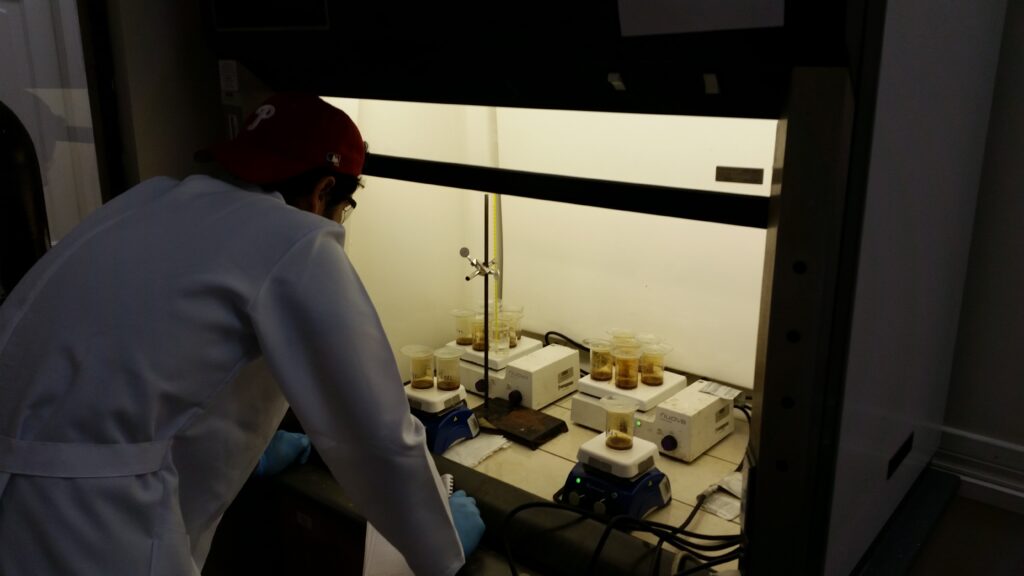
ABSTRACT
Agave fluid, an emerging product promoted as an alternative sweetener, has not been closely studied to determine possibly unsafe constituents. There has been no attention paid to likely contamination by the toxic heavy metals commonly present in the volcanic soil and water where agave grows. Similarly, there seems to be little information on the possible nutritive mineral value of the fluid. By examining soil in which specific agave plants grow, and the fluids which these plants produce, this proposed research about the product may offer both cautionary and favorable information of significant, international interest.
Project Title: Can Liquid Chromatography Mass Spectrometry be used to identify new natural products/antibiotic molecules for the treatment of Borrelia Burgdorferi (the Lyme Infection)?


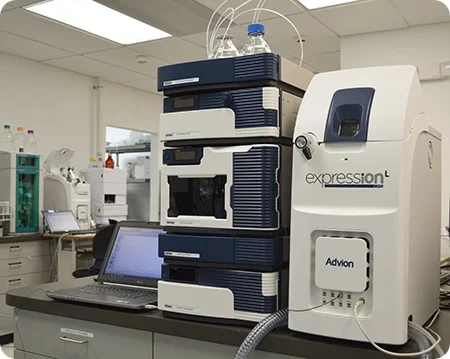

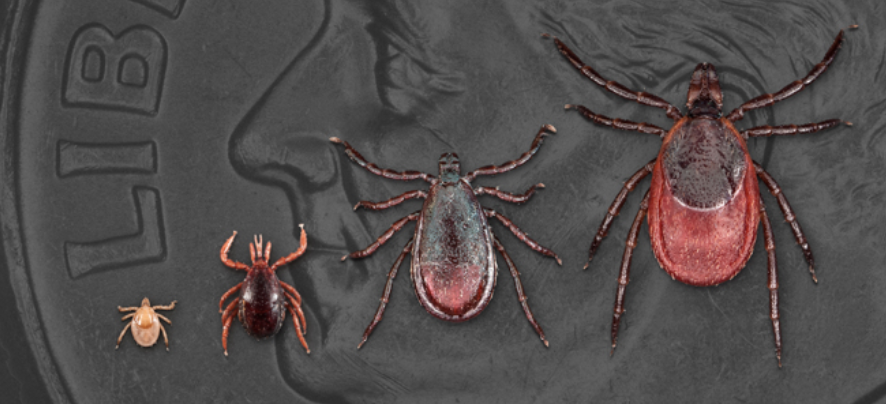
ABSTRACT
Borrelia Burgdorferi, a tick-borne illness, is the most common vector borne illness in the United States. This bacterial infection, Lyme Disease, causes dangerous cardiac, neurological, liver and eye problems as well as fatigue. Typical antibiotic interventions are not universally successful because the bacterium is strategic in creating a biofilm to wall itself off. This study proposes to determine the chemical components of the South American plant, Uncaria tomentosa, which is thought useful in breaking down the biofilm wall and may, itself, have antibiotic characteristics. By coupling the effective plant component with antibiotic intervention, more treatments can succeed.
Project Title: The determination of arsenic in rice and other food sources by chemical digestion and measurement with an atomic absorption spectrophotometer for use as a laboratory experiment for upper level undergraduate chemistry students.
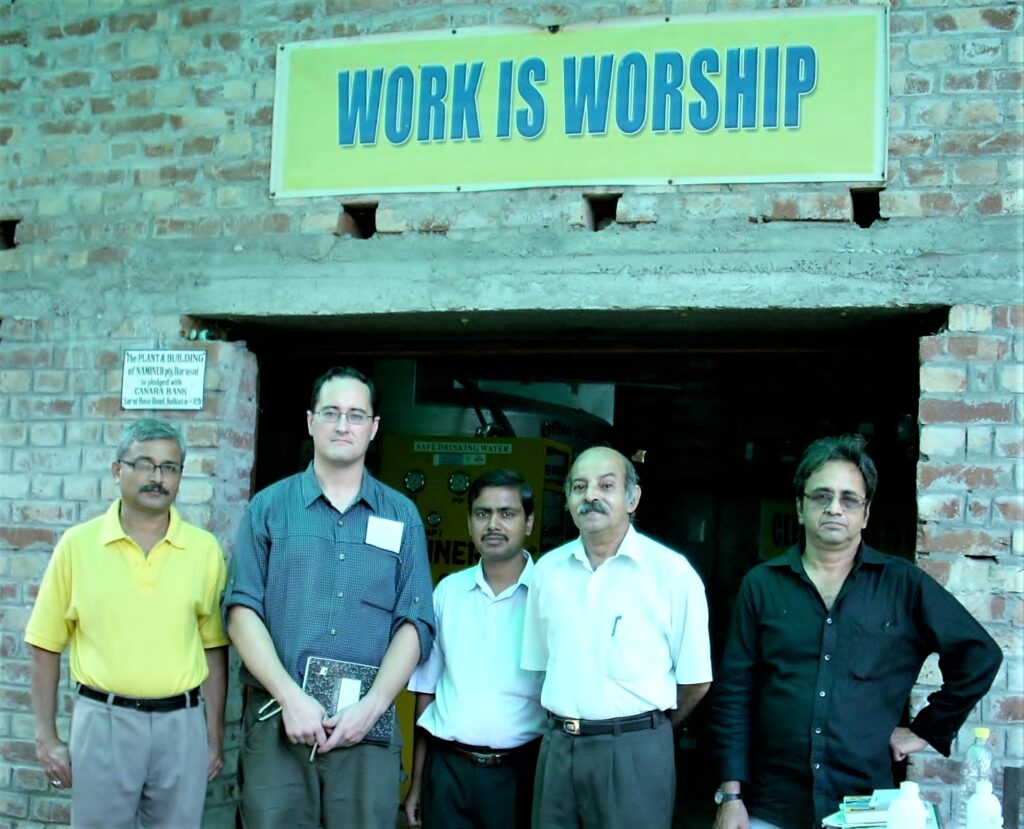

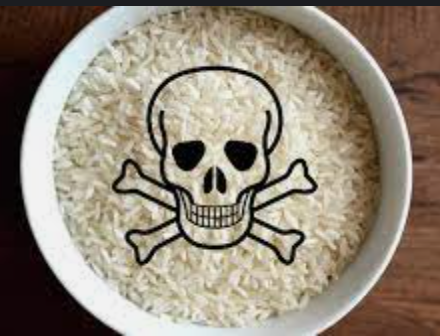
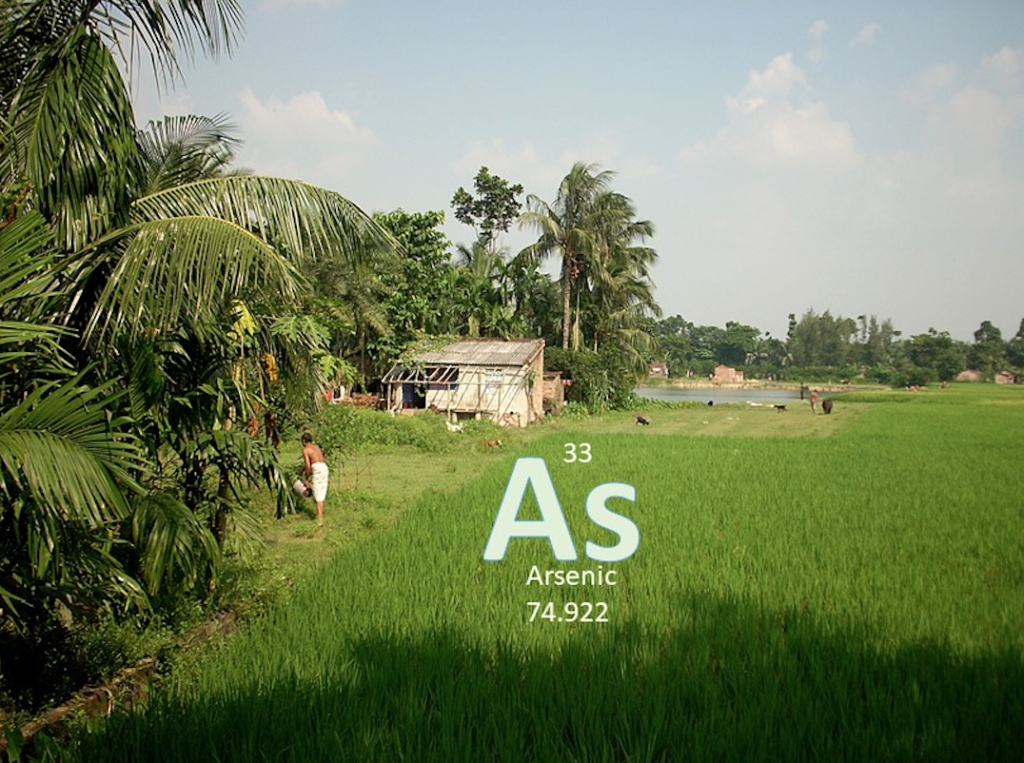
ABSTRACT
Hazardous arsenic contamination of rice and rice products and, to a lesser extent apple products, threatens health in the United States and globally, particularly in populations of infants and children. This proposed research project engages undergraduate students in the development of laboratory techniques for the optimal chemical digestion of rice and rice products and the measurement of arsenic levels contained in these products, validated with standard reference materials. This learning experience provides students with an opportunity to develop a fundamental understanding of chemistry, instrumental techniques, the measurement of arsenic in rice and other food products and method development.